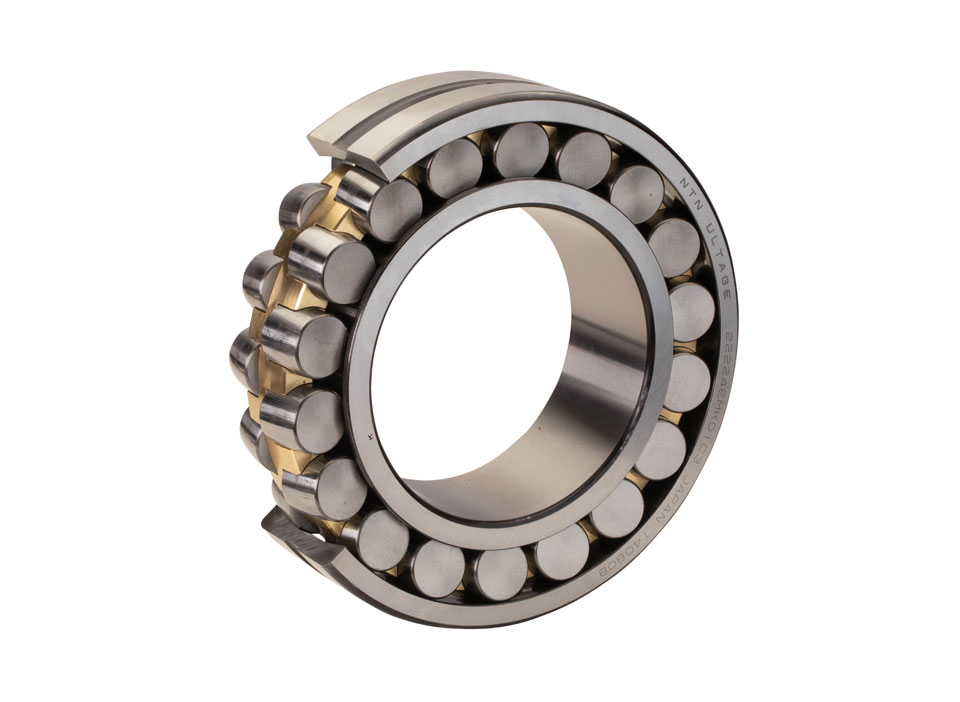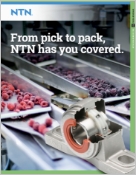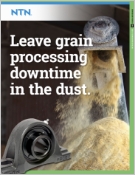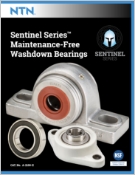
The Importance of Radial Clearance When Installing Spherical Roller Bearings
Radial internal clearance adjustment is one of the most overlooked areas in the installation process of spherical roller bearings, but in reality it is one of the most important factors that affect bearing performance. So to get a better understanding of how much is needed, we need to understand what it is first.
What is radial internal clearance?
Radial internal clearance is defined as the total distance that one ring can be moved, relative of the other ring or basically the amount of “play” in the bearing. In spherical roller bearings this can be measured using a feeler cage between the roller and the outer ring raceway surface.
Why is it so important?
Radial internal clearance has a direct effect on bearing life. Having too much or too little can drastically reduce the performance of the bearing, thus reducing the life.
How much do I need?
The exact amount of clearance needed in the bearing will be determined by analyzing the loading conditions, the operating temperature, and the fits between the shaft/inner ring and the housing/outer ring. The NTN ULTAGE® Spherical Roller Bearings Catalog (pages 26-27) show you the initial radial internal clearance ranges by size and the reduction amount needed during installation.
Does it vary from one manufacturer to another?
The radial internal clearances are standardized throughout the industry using ISO 5753-1 and use common designations such as C2, C3, C4, etc., but each manufacturer may also have designs with special radial internal clearance ranges.
Although the initial ranges may be the same, the reduction value and mounted clearances ranges may vary from one manufacturer to the other, primarily due to the internal design differences. The variation can be very small, but can still impact the life of the bearing. NTN’s ULTAGE spherical roller bearings maintain tight manufacturing tolerances to ensure optimal clearance reduction is achieved to ensure maximum bearing performance.
What factors can cause it to change?
There are many contributing factors that can affect the residual mounted clearance. The most common factor would be temperature variation. Steel expands as the temperature increases; therefore the mounted clearance may be further reduced during operation. This is why the initial clearance determination and proper mounting techniques are key in optimizing bearing performance. The NTN ULTAGE spherical roller bearing steel cage design has been optimized to reduce friction, thus reducing heat generation during operation.
PDF Tech Tip: Click Here
Author: Jennifer Wagoner




